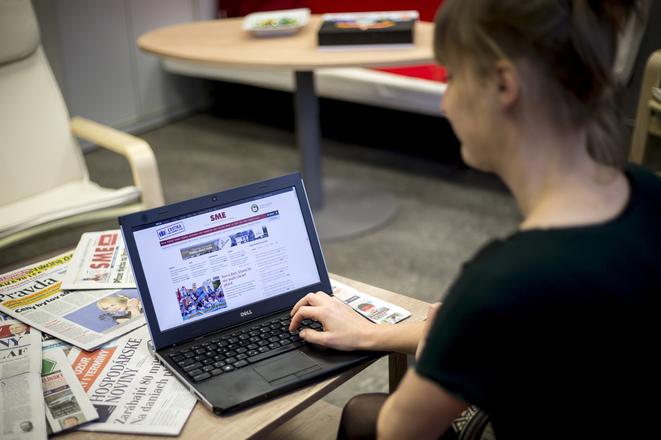Slovak journalism was drawn into a political crisis following the murder of an investigative journalist, says Digital News Report 2018.
Slovakia dropped in the 2018 World Press Freedom Index by 10 positions earlier this year and ended up at 27th place. The Digital News Report 2018 conducted by the Reuters Institute for the Study of Journalism does not feature a ranking of countries, but it pointed out ongoing issues faced by the Slovak media.
“The climate of hostility between sectors of the media and the government, mentioned in last year’s report, worsened during 2017, and is seen as a factor contributing to a situation in which journalists, especially investigative ones, feel vulnerable,” the report reads.

Slovakia has been part of the survey for a second year now. The survey was conducted by using an online questionnaire at the turn of January and February 2018. The questionnaire consisted of questions focusing on using Internet, accessing news, people's interest in the news, fake news and other topics. In Slovakia, the survey was conducted on a representative sample of 2,006 people.
Trust in the media
The murder of the aktuality.sk investigative reporter Ján Kuciak and his fiancée Martina Kušnírová and the events that followed led to greater support of Slovak journalists.
However, it is questionable if the support will last and increase the trust of Slovaks in the journalistic profession. Only 34 percent of those polled trust the media overall. The average is 44 percent. In comparison with last year, the number slightly increased, from only 27 percent.
More people also trust the media they use, 45 percent in comparison of 39 percent from the previous report, but still under the average.



 (source: Gabriel Kuchta, SME)
(source: Gabriel Kuchta, SME)